Norepinephrine, also under the name Norepinephrine known, is a hormone and neurotransmitter with the molecular formula C8H11NO3. It is part of the vegetative nervous system and has a stimulating, invigorating effect, which is why it is widely used as a medicine. Both overproduction and underproduction of norepinephrine can have far-reaching effects on the organism.
What is norepinephrine?

Norepinephrine is an important hormone in the human organism, i.e. a biochemical messenger substance that has a regulating or stimulating effect on certain organs. At the same time, norepinephrine is also a neurotransmitter, i.e. it is involved as a neuronal messenger substance in the transmission of excitations to the synapses of the nerve cells.
This happens through the transmission of electrical impulses, so-called action potentials. Norepinephrine is a component of the autonomic nervous system and is involved in numerous vital functions such as blood pressure, breathing and metabolism. It is assigned to the substance class of catecholamines. This class of amino acid derivatives is formed from the amino acids tyrosine and phenylalanine.
Other important hormones in this class of substances are adrenaline and dopamine. Dopamine is the precursor of noradrenaline. Noradrenaline differs from adrenaline only in the lack of a methyl group on the amino group. This is why noradrenaline is also called demethylated adrenaline. From a stereochemical point of view, noradrenaline occurs naturally as L-minus noradrenaline.
Production, Education & Manufacturing
The production of norepinephrine as a hormone takes place mainly in the medulla of the adrenal gland, a paired endocrine gland. Here there are noradrenogenic neurons and chromaffin cells, whose function is the synthesis of noradrenaline.
In its function as a neurotransmitter, norepinephrine is primarily released from special neurons. These nerve cells are located in the sympathetic nervous system and in certain areas of the brain, for example the locus caeruleus. Precursors of noradrenaline are the amino acids tyrosine and phenylalanine.
The synthesis of norepinephrine requires vitamin C, vitamin B6, magnesium and copper, which, among other things, serve as electron donors and cofactors. The immediate precursor of noradrenaline is dopamine. This is oxidized by the enzyme dopamine beta hydroxylase, so it releases an electron, which produces noradrenaline.
Function, effect & properties
The hormone norepinephrine is assigned to the sympathetic nervous system, which is part of the autonomic nervous system. The basic function of the sympathetic nervous system is to increase the performance of the organism in the event of danger, exertion or stress.
Outside of dangerous situations, norepinephrine plays an important role in increasing alertness, motivation and mental performance. The way the sympathetic nervous system works is also known as ergotropic. This means that the body's power to act outwards is increased. The sudden release of norepinephrine into the blood stimulates a so-called fight-or-flight reaction.
By stimulating the alpha-1 receptors and beta-1 receptors of the heart muscle, blood pressure increases, causing the concentration of the hormone in the blood to rise rapidly. Following its role as a neurotransmitter, norepinephrine activates certain receptors called adrenoceptors. These are located on the arterioles. These are small arteries which turn into capillaries and which are narrowed by this activation.
As a result, the muscles are supplied with a lot of blood, so that reaction speed and performance increase. Because of its blood pressure-increasing effect, adrenaline is used as an emergency medication in trauma and shock therapy. The narrowing effect on arterioles and capillaries is also used medicinally. Norepinephrine is added to local anesthetics to minimize bleeding and prevent the drug from entering the bloodstream.
Illnesses, ailments & disorders
Long-term exposure to stress can lead to an abnormally increased release of norepinephrine. One of the side effects caused by norepinephrine can be immune suppression. If the level is permanently elevated, inflammation can be favored because the immune system is weakened.
A long-term overproduction of norepinephrine cannot be maintained by the organism, which is why a norepinephrine deficiency can ultimately result as a reaction to overproduction. This is believed to be a common cause of depression, so norepinephrine is found as a component in many antidepressants. Other possible side effects of increased production of norepinephrine can be organ damage and necrosis, because the narrowing of the arterioles means that organs and branches are poorly supplied with blood.
For this reason, heart failure can also occur with increased concentration. An abnormally elevated norepinephrine level in the blood can also be an indication of various tumors of the adrenal gland or the brain. When determining the concentration in the blood, it is important that the cannula is pricked at least thirty minutes before the blood sample is taken, as the pricking itself increases the norepinephrine level.
On the other hand, a too low noradrenaline concentration is found, except in depression, mainly in diseases of the adrenal glands, especially a functional disorder.
You can find your medication here
➔ Medicines to strengthen the defense and immune system


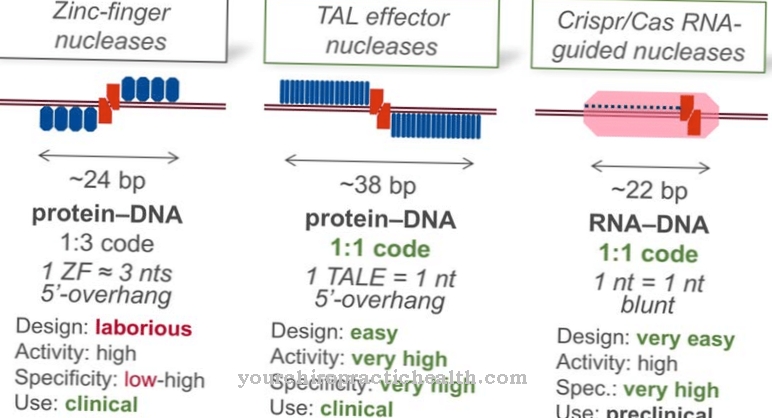
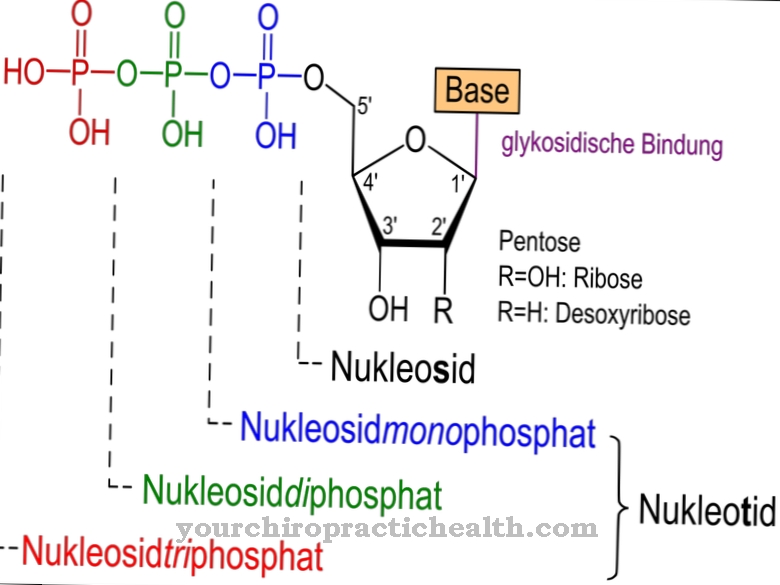
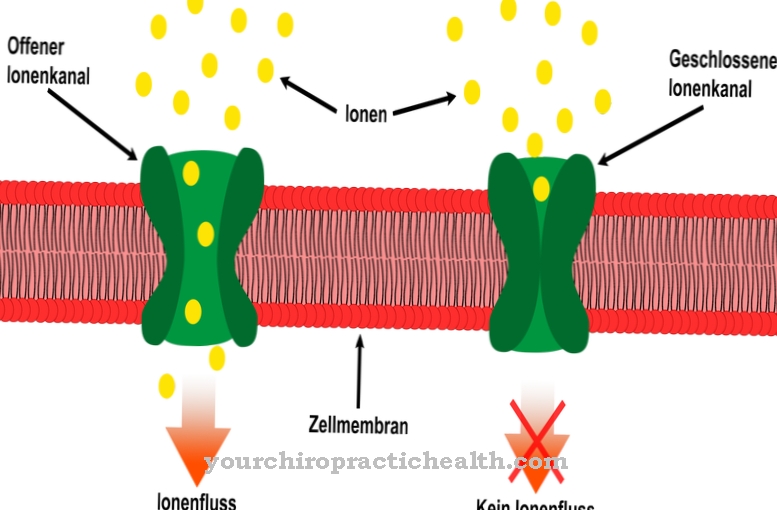
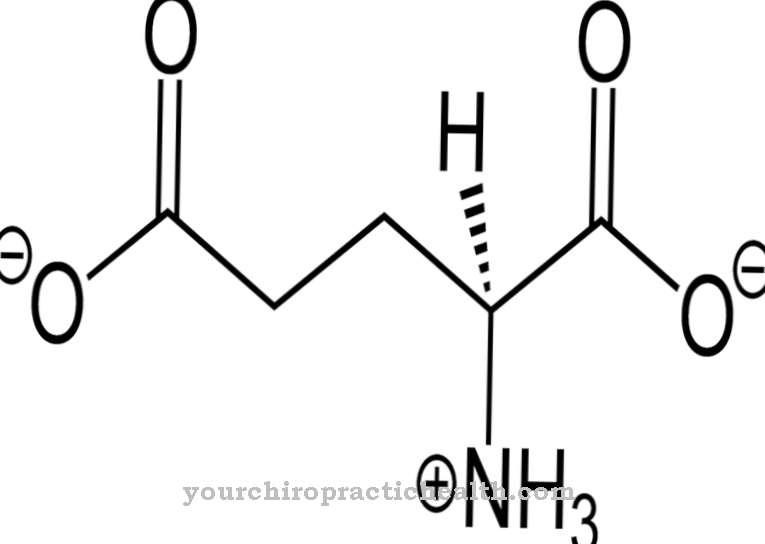
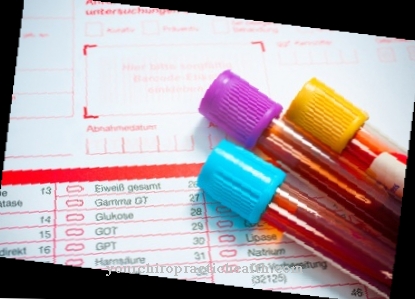






.jpg)

.jpg)
.jpg)











.jpg)